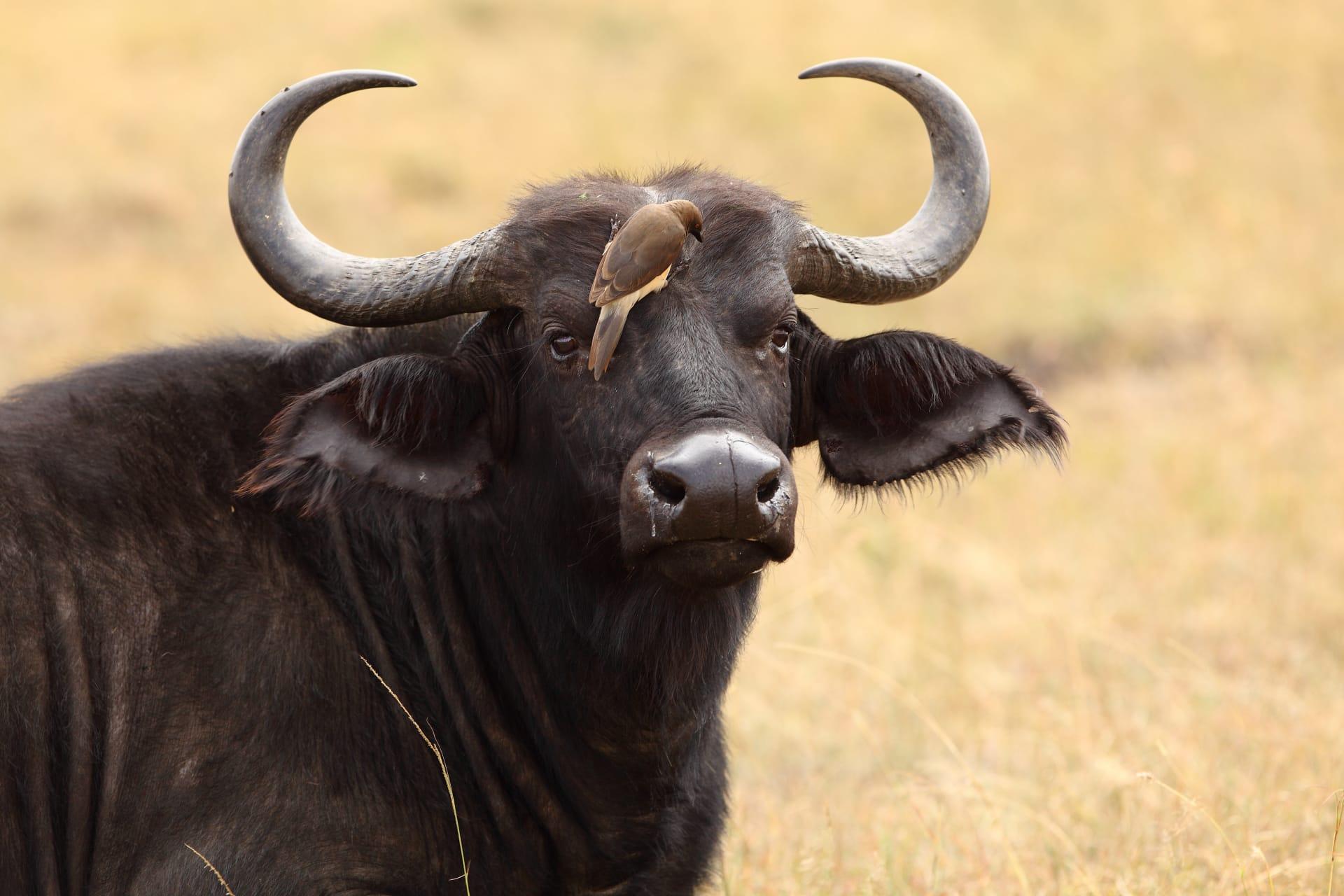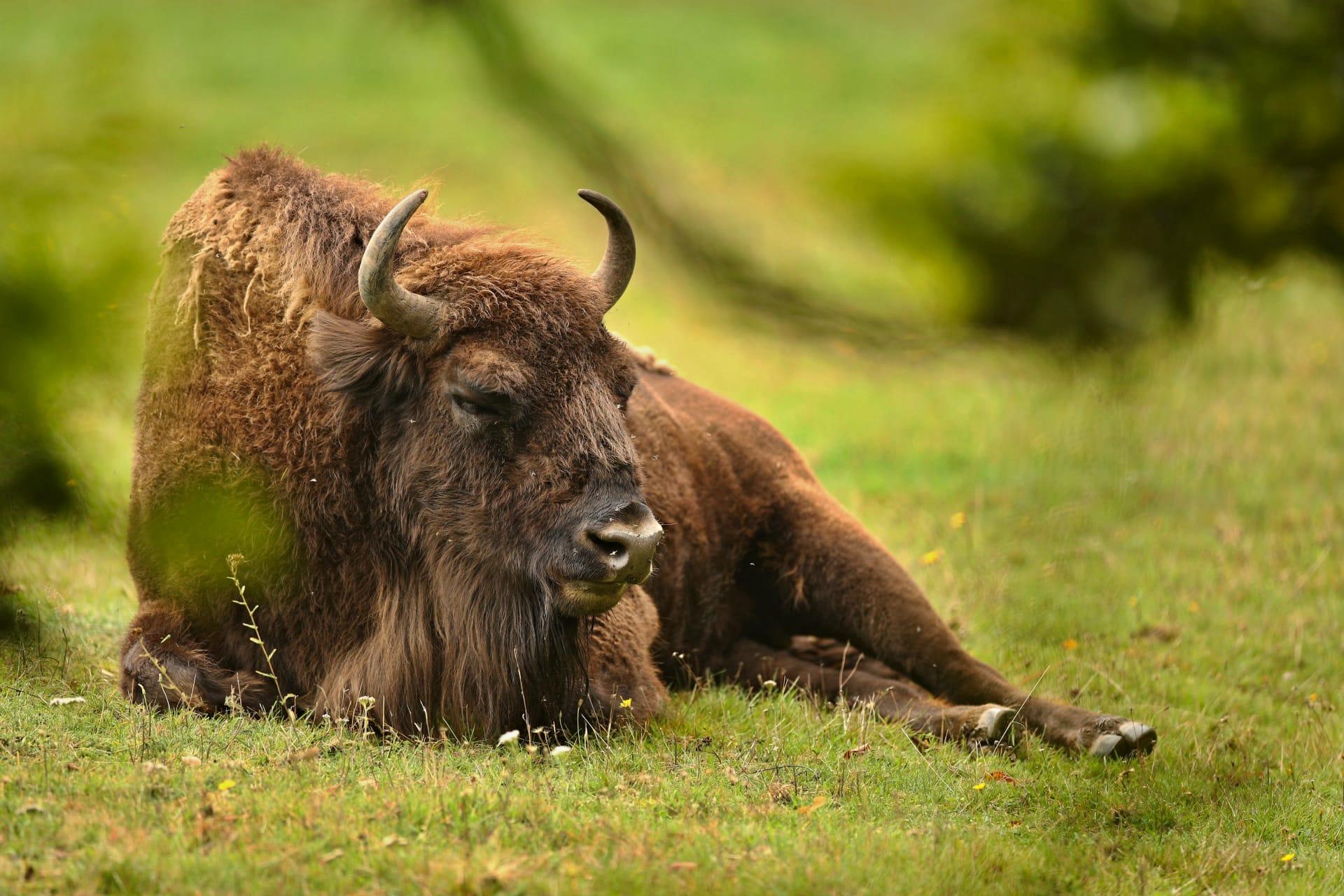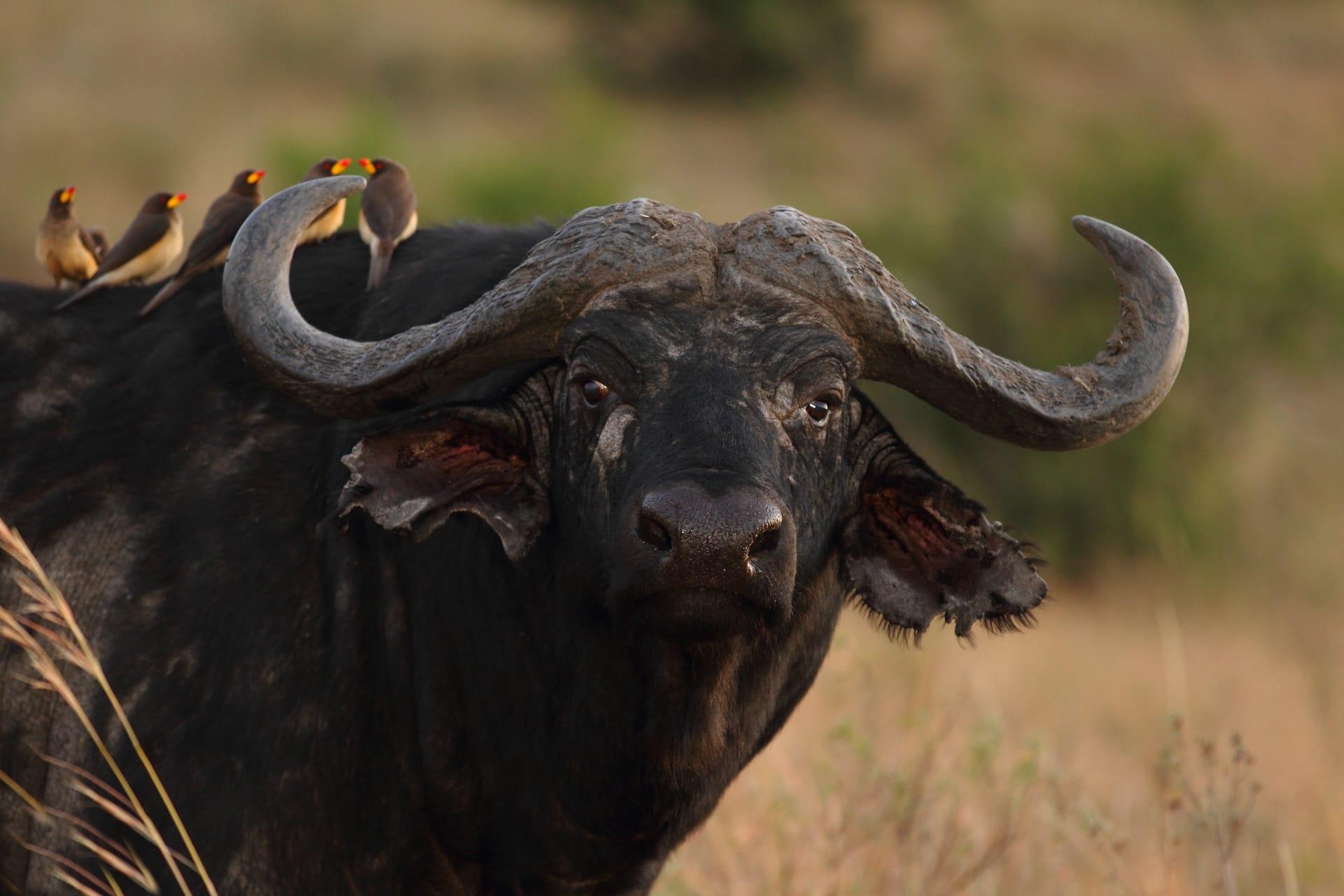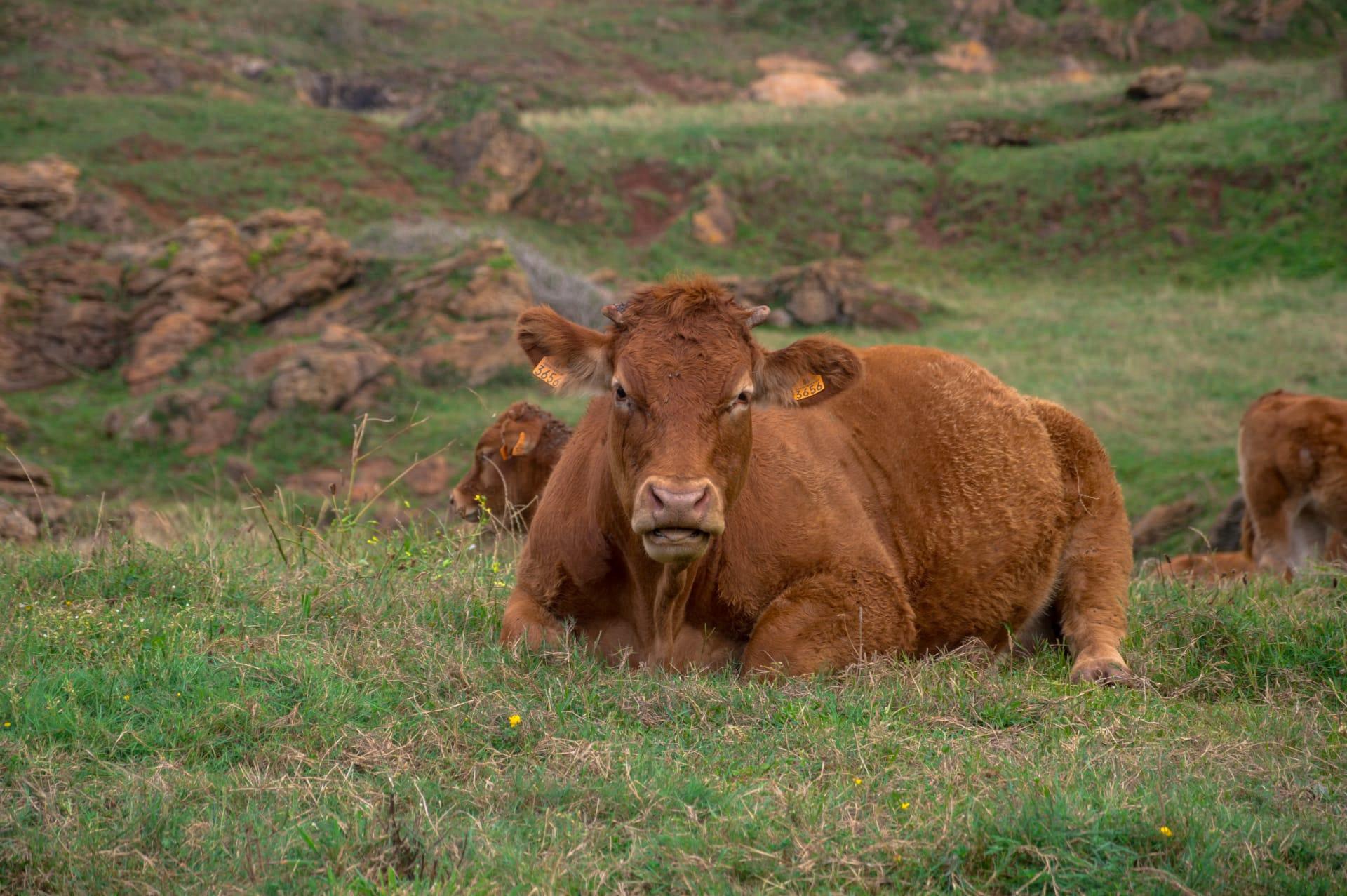Cow Characteristics
- Home /
- Mini Encyclopedia /
- Animal /
- Cow Characteristics
1
Cows, fascinating creatures of the farm, are renowned for their large size and significant role in agriculture. Adult cows typically weigh between 1,000 to 1,800 pounds, with males, known as bulls, often being on the heavier end of the scale. In terms of height, they usually stand around 4.5 to 5.5 feet tall at the shoulder. Their lifespan is quite interesting too; while cows in the wild might live up to 20 years, those in dairy production often have shorter lifespans of about 5 to 6 years due to the intensive farming practices.
One of the most unique organs in a cow is its stomach, which is divided into four distinct compartments: the rumen, reticulum, omasum, and abomasum. This complex stomach structure allows cows to efficiently break down tough plant materials like grass. The rumen, the largest compartment, can hold up to 50 gallons of digesta and is where fermentation occurs, breaking down fibrous materials with the help of a diverse microbial population. This unique digestive system is key to how cows convert grass into energy, making them excellent at utilizing fibrous plant materials that many other animals cannot digest.

2
Question: Do cows have the ability to see color?
Answer: Yes, cows do have the ability to perceive colors, though not as vividly as humans. Their color vision is somewhat limited; they can see shorter wavelengths of light, meaning they are more sensitive to blues and less sensitive to reds. Cows' color perception helps them in differentiating between various types of vegetation, which is crucial for their foraging. This ability plays a significant role in their behavior and interaction with their environment, even though their color vision is not as developed as in some other animals.

3
Cows, primarily known for their calm demeanor, have a specific set of movement characteristics. They prefer a leisurely pace and are capable of walking, trotting, and cantering, but they seldom run unless startled or in distress. Their walking speed averages around 2-3 miles per hour. Despite their size, cows are also capable of climbing up steep inclines and can navigate rough terrain, though they prefer flat, open spaces.
As herbivores, cows exhibit unique feeding characteristics. They spend about 6 to 8 hours a day eating and can consume approximately 2.5% of their body weight in dry matter daily. Cows are ruminants, meaning they chew their food, swallow it, and then regurgitate a partially digested form known as cud, which they chew again. This process aids in breaking down tough plant materials, maximizing nutrient absorption from their primarily grass-based diet.

4
Cows are adaptable animals and can thrive in a variety of environments, from the pastoral countryside to more arid regions. They require access to pasture or a diet of hay and grains, along with a steady supply of fresh water. Their ideal living conditions include open space for grazing and movement, along with shelter to protect them from extreme weather conditions.
Reproduction plays a vital role in a cow's life. The breeding age for cows begins around 15 months, and their gestation period lasts approximately 283 days, almost 9 months. Cows typically give birth to one calf at a time, and the mother-calf bond is strong, with calves often staying close to their mothers for the first few months of life. The reproductive cycle is crucial for dairy and beef production, making it a significant focus in the management of cattle.

5
Book: "The Secret Life of Cows" by Rosamund Young, published in the UK in 2003, offers an insightful and heartwarming look into the emotional world of cows. Young, drawing from her experiences on her family's farm, portrays cows as intelligent, social beings with distinct personalities. This book provides a unique perspective on cows, challenging conventional views and highlighting the need for compassionate farming practices.
Book: "Cows: A Closer Look" by Peter Kendall, released in the USA in the late 1990s, delves into the scientific and agricultural aspects of cows. Kendall, an agricultural expert, provides an in-depth analysis of cow biology, behavior, and the impact of cows on farming and the environment. The book is an informative resource for anyone interested in understanding the complexities of these often-underappreciated animals and their role in our ecosystem.